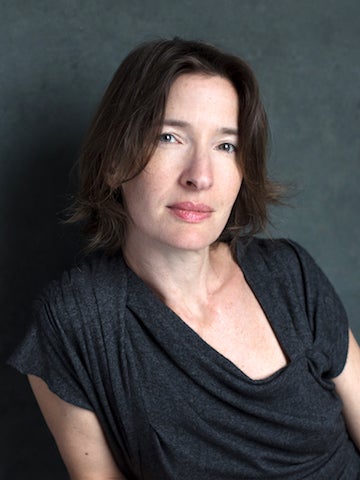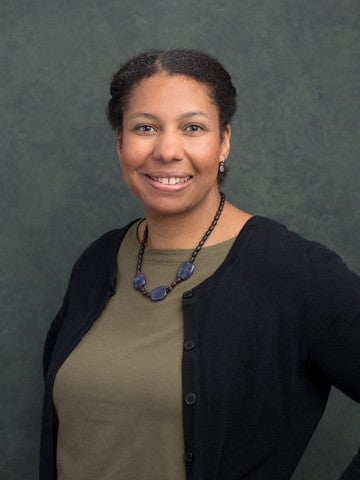Oberlin Center for Convergence (StudiOC)
Fieldwork: The Art of Place Through Poetry and Dance
Through this learning community, you’ll examine how place shapes artistic practice and the artistic subject and how engagement with place impacts and sustains creative production.

Photo credit: Jennifer Manna
Holly Lopez

Photo credit: Jennifer Manna
Chanda Feldman
Fieldwork: The Art of Place Through Poetry and Dance
offered spring 2021
The Art of Place examines how place shapes artistic practice and the artistic subject. Specifically, this means our courses look to depict where we live—Oberlin and Northeast Ohio—and to examine how engagement with place impacts and sustains creative production.
We use the term ‘‘Fieldwork’’ to encapsulate a hands-on pedagogical approach that takes students into the local and regional community to develop an understanding of the roles of agriculture, history, geography, and culture in shaping the places we call home. Immersion and participation become the point of entry into a relationship where the artist renders a place and the place renders an artist.
In order to develop students’ sense of the place of Northeast Ohio, we are invested in experiential learning as a critical component of this cluster. The benefit and effect of venturing into local environs throughout the courses in the cluster is to bring a deeper and more nuanced knowledge to our art.
Arts practice requires one to be an active and responsive agent who is using creativity to contribute ideas and understanding to our cultural conversations. The arts are shaped by their environments but also help shape the environments that they address. It’s important to demonstrate to our students that being an artist means being an engaged participant in the world. This learning community will encourage students to combine creative and intellectual inquiry to pursue new levels of understanding and investigation of the world we live in.
We will venture into the community in whatever ways we can do so safely and in adherence with Obiesafe protocols. If possible, individual courses also have plans for visiting such places as the African-American Genealogical and History Group to learn about the African American roots in our community, and the George Jones Memorial Farm to understand the scope of the agricultural economy in our area. We will also learn from the impressive resources of the Allen Memorial Art Museum, particularly the landscape-related art.
While our courses are united by an exploration of Northeast Ohio and the role of place in the artistic process, the theme of place allows us to address issues related to natural and human-made environments that reflect a wide-angle of concerns and practices in our specific disciplines.
Instructors
Course instructors for this learning community are Assistant Professor of Creative Writing Chanda Feldman, and Visiting Assistant Professor of Dance Holly Handman-Lopez.
Holly Handman-Lopez, Instructor
DANC 239OC Site Specific Dance
Meets Tuesday and Thursday, 1-2:50 p.m.; 4 credit hours; enrollment 10
Instructional mode: in person
Students study the work of numerous artists working in the genre and explore the wide variety of ways artists attend to place through the body and movement. Students will follow their interests—environmental, architectural, agricultural, historical, aesthetic—to drive their art-making.
We will spend significant time at our sites of choice developing structures and movement vocabularies inspired by and responsive to each specific place. By resisting the temptation to make dances in the studio and transfer them to a site, students will learn how the essence of a place, discovered through sensory information, uniquely imbues dance created and performed there.
Chanda Feldman, Instructor
CRWR 214OC The Poetry of Place
Meets Tuesday and Thursday, 9:30-10:45 a.m.; 4 credit hours; enrollment 20
Instructional mode: hybrid
Students practice foundational writing and revising skills that serve them throughout college, and they will also enter into the contemporary conversation and practice of ecopoetics.
The ecopoetics genre updates classic forms such as elegy and pastoral and experiments with free verse poetry to respond to today’s environmental challenges and our changing perception of nature and ecology, human-made environments, history, and nation.
Additionally, students will interrogate the space of the poem as a place that we inhabit via language. We will ask the question: What are our responsibilities in language for what and how we represent, preserve, question, and evoke for the reader, especially in terms of exploring the physical and psychological typographies of creative work.